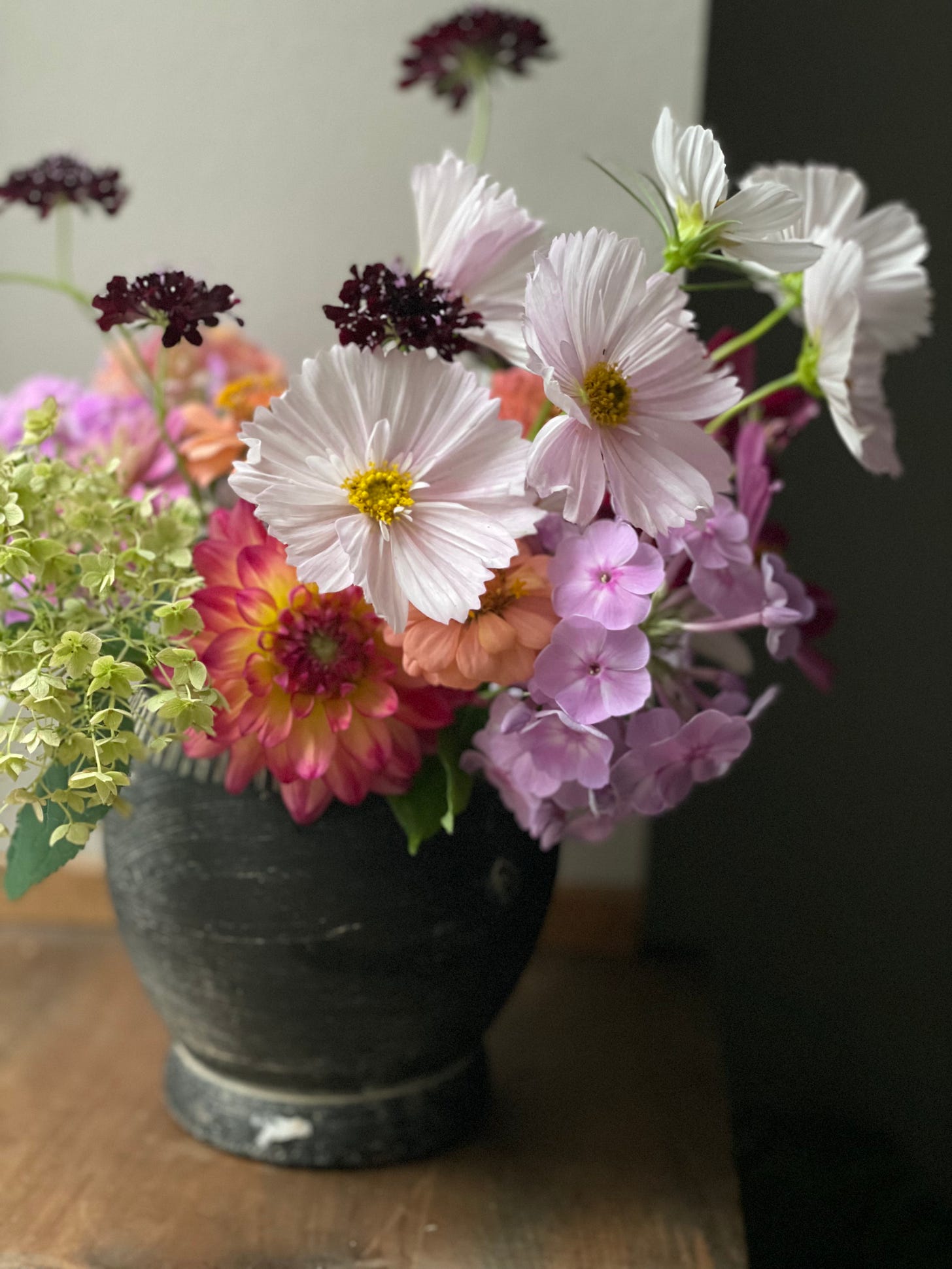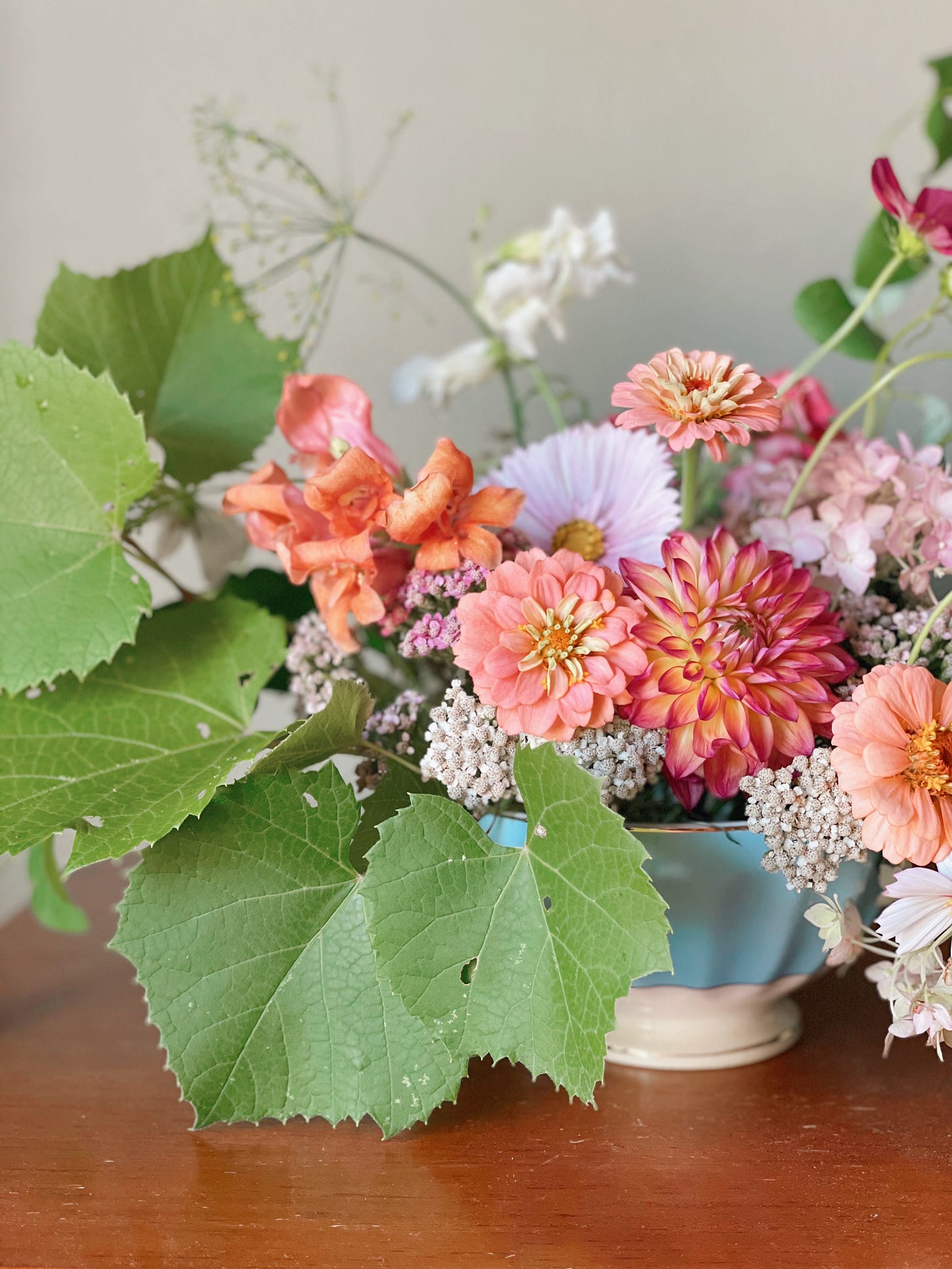In second grade, after repeatedly telling a classmate of mine to stop talking to me while the teacher introduced math, I finally got my name on the board. If you are from the Midwest and grew up in the 1980s, you might know what this means from a discipline point. Reeling from the perceived injustice of the situation (I was telling him to be quiet!), I vowed to do better, to never get my name on the board again. I see now how complex and extreme my response to the situation really was. Chastising myself over a little stumble, one predicated upon a miscommunication nonetheless, seems an over-response, but I’m a rule follower (most of the time).
Several years later, this classmate of mine would die suddenly and I would again consider the function (or even benefit) of rule-following. What if grieving is so specialized, it can’t conform to expectations of any particular community? How do I convey that my throbbing sadness cannot be soothed by tender rituals reserved for the end of one’s life?
My propensity to follow rules derives from my identity, my generation, my family upbringing, and even the community in which I live. Over time, I’ve learned to parse out situations that require strict adherence to community codes and expectations from those I can push back or fight. I now recognize a pattern: creativity often dictates my willingness to follow expectations.
Earlier this month I read about a local artisan’s approach to creating new work that inspired me. She learned how to design upholstery completely on her own, without ever participating in formal training in fabric arts. Following this trajectory allowed her to ignore the rules, to see design challenges with fresh eyes while avoiding patterned thinking upheld by an established community.
Her sentiments resonated with me. It gave me a way to explain why I fumble my way through gardening, flower arranging, and ancillary practices that come with growing your own things (wreaths, photography) on my own terms, without adhering to the conventions of a formal community. I can find my own way.
I started arranging the flower bouquet below while thinking about how to create a dip in the middle of the design (because that’s what the industry does). It didn’t feel right and so I didn’t do it. Now I’m wondering what gets left behind when I obedient follow expected conventions of a field.
It’s something I’d like to explore through this writing platform.
I’ve begun writing longer essays because writing not only gives me a place from which to reflect on the granular contours of daily living, but also to commit to a community. Relying on the algorithms of social media is dicey. Here, still photography images captured in my garden can add textural contours to reflective ideas, and photography is a big part of my writing habit.
Someone described my writing as long-form observational essays, and that feels like a good place to start. While the term “newsletter” might be somewhat of a misnomer because all I intend to do is pair words and photographs together (and not sell anything), it’s the only vocabulary I currently have to describe my undertaking.
So back to this idea of rule following: when it comes to the creative aspects of my life, I rarely have time for conventions, expectations, or norms. My journey in gardening and floral design doesn’t follow the familiar path pursued by others with relevant degrees. This foray into expression, one explicitly tied to words and original images, might be no different. But I’m set to break a few rules and come out on the other side.
See you in September.
-Betsy







If I lived closer we would be fast friends I think. So many similarities Betsy!